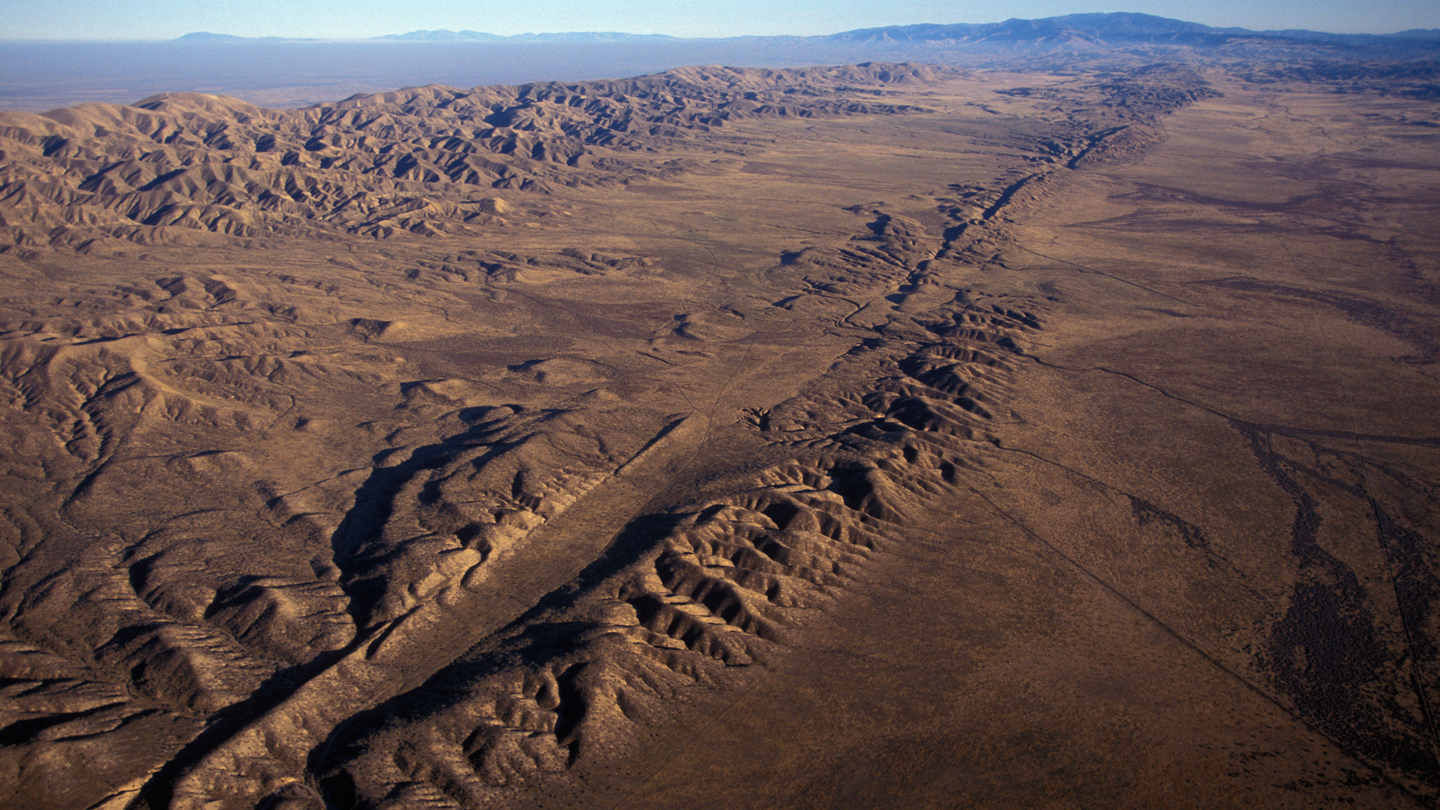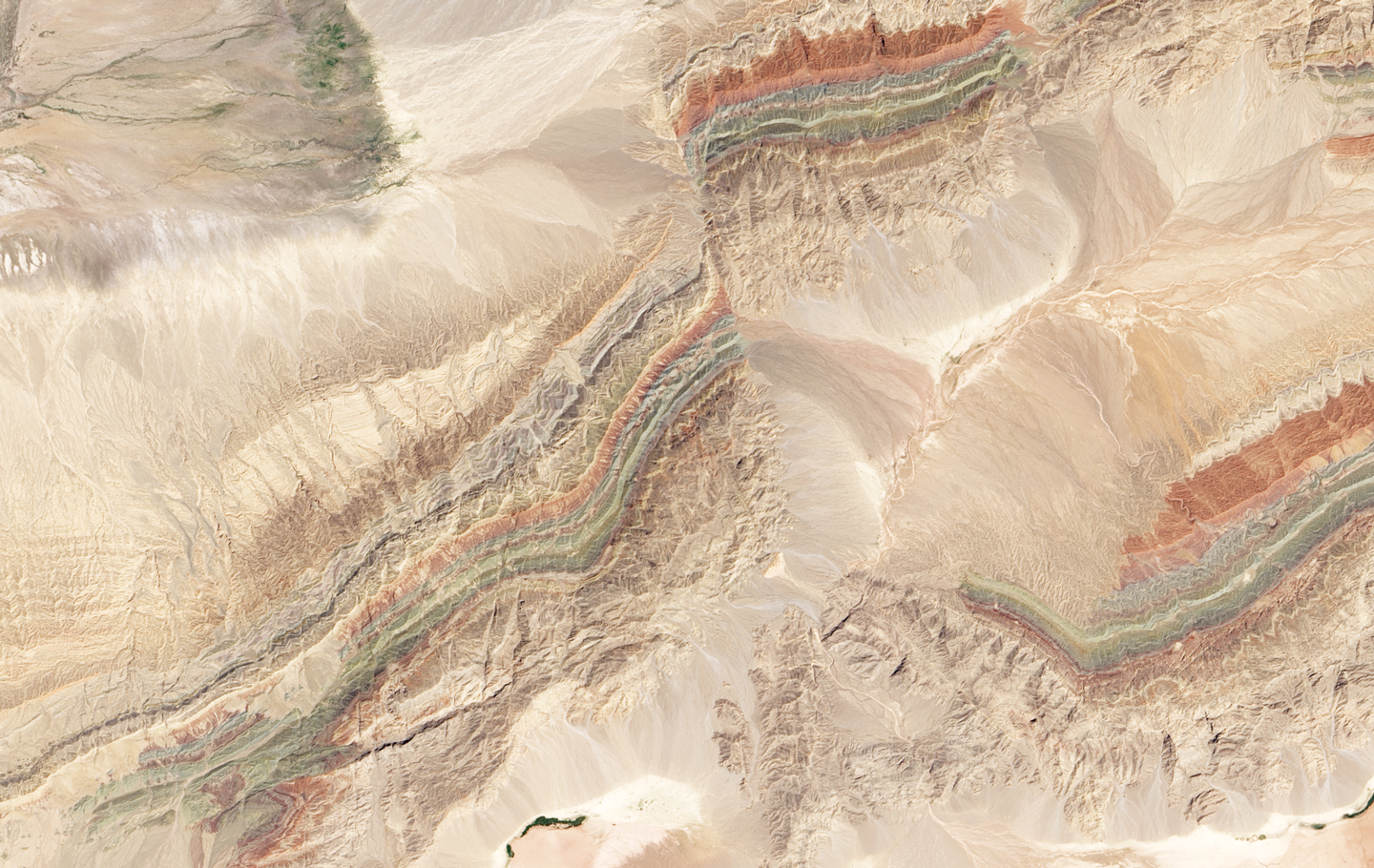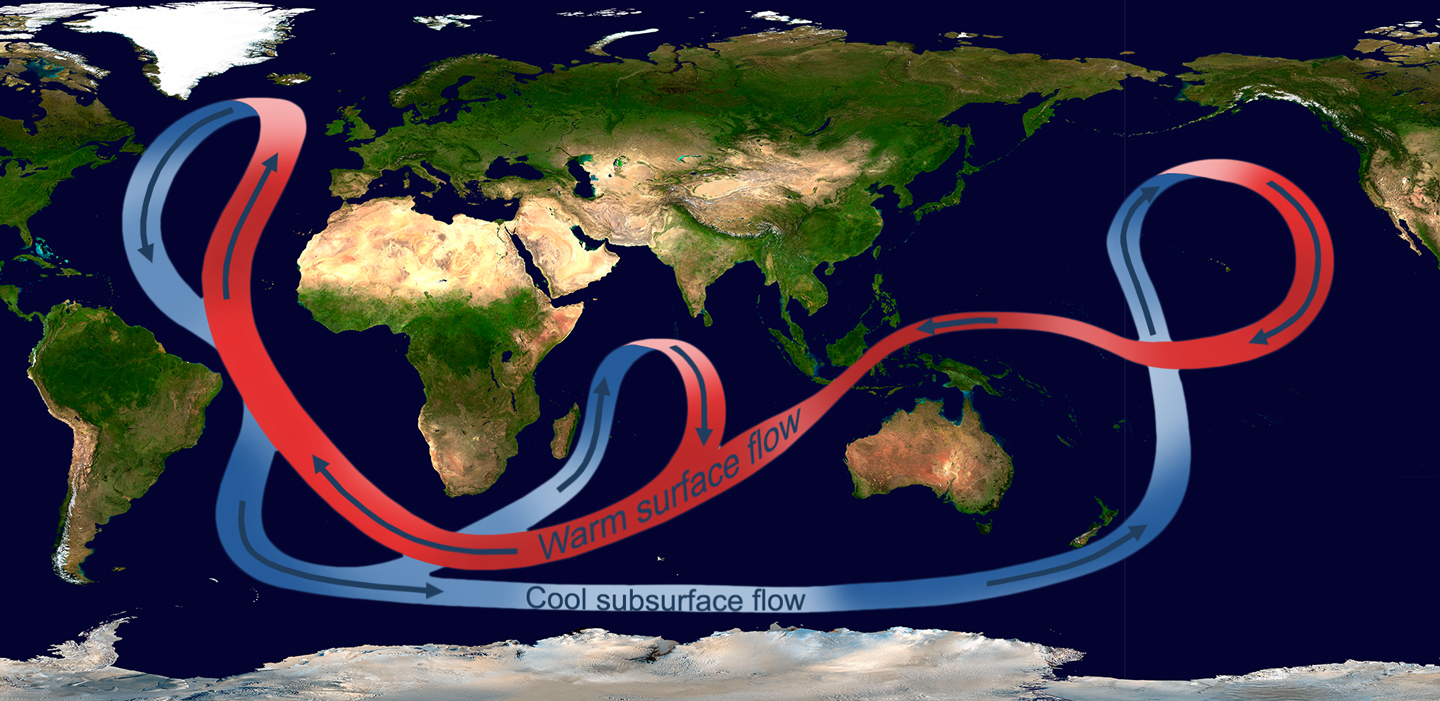博文
世纪科学: Shaking up Earth
||
Century of Science: Shaking up Earth
(https://www.sciencenews.org/century/earth-history-plate-tectonics-volcanoes-earthquakes)
一些伟大的想法震动了世界。几个世纪以来,地球的最外层被认为是静止、刚性、锚定不动的。但是板块构造理论改变了对地球的这一认知,而且已经深入到了地核。板块构造揭示了地球表面是如何不断运动的,以及它的特征——火山、地震、海洋盆地和山脉——如何与它的炽热内部有着内在的联系。我们现在知道,地球上熟悉的景观是地球长周期循环自我改造的产物。

The San Andreas Fault (shown) is the boundary between the Pacific and North American plates. EALISA/ISTOCK/GETTY IMAGES PLUS

Signs of plate tectonics are clearly visible on Earth’s surface (Piqiang Fault in China’s Xinjiang Province shown). Scientists wonder whether similar features on other planets could be clues to habitability. NASA

The position of landmasses across the globe shapes the global system of ocean currents (shown), which transports heat and salt and so affects climate. JPL, NASA
https://blog.sciencenet.cn/blog-699-1298976.html
上一篇:世界的样子
下一篇:重见西岭万年雪
全部作者的精选博文
全部作者的其他最新博文
- • 时间:最快 vs 最慢
- • 清明·生死皆无平等
- • 清明·遥祭
- • 2024年4月3日台湾花莲近海地震造成的铁轨变形
- • 黑云压城城不摧
- • 天下第一壶